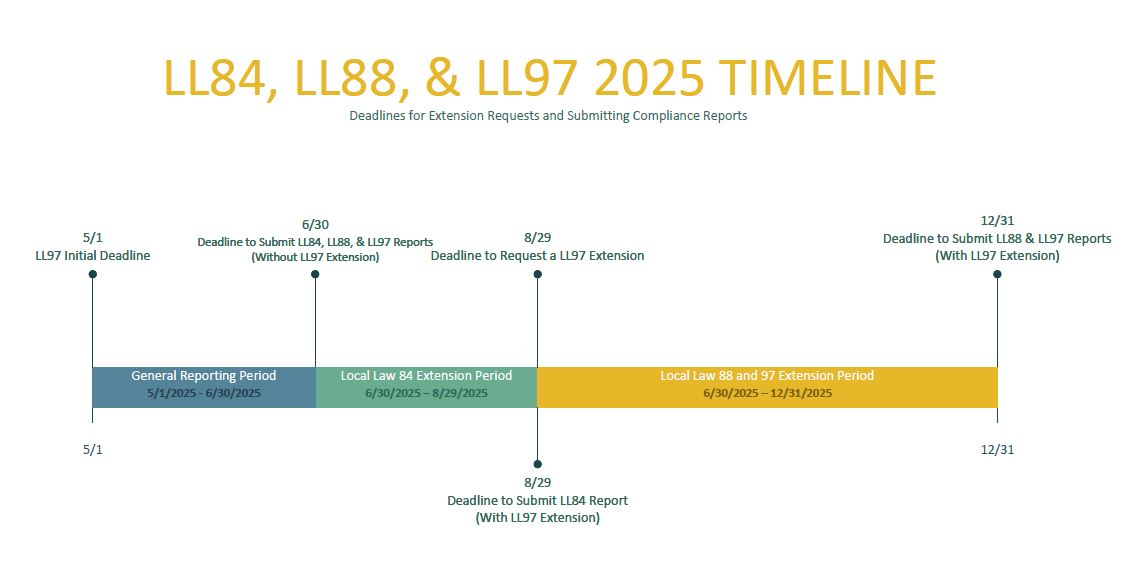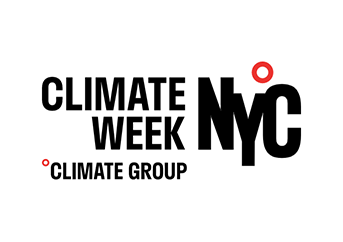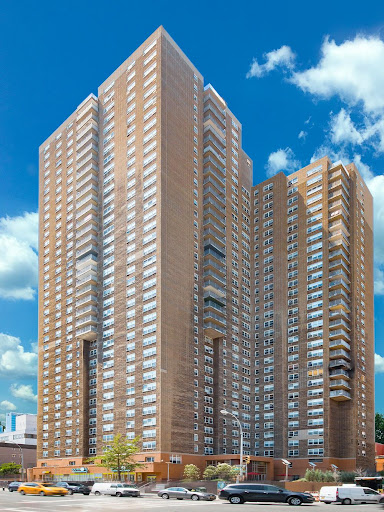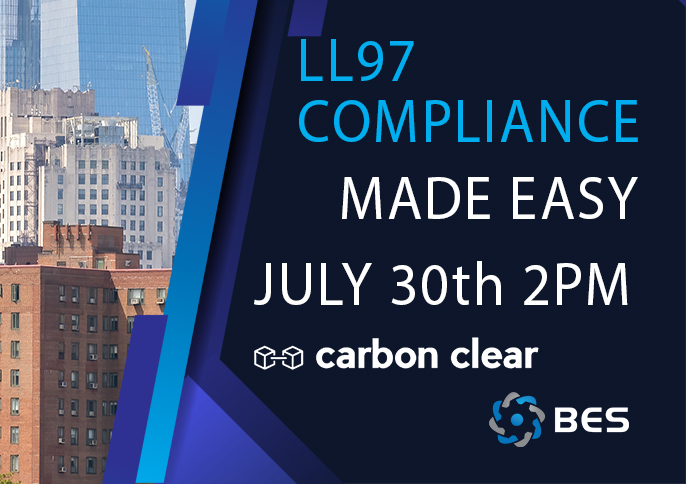- Have any questions?
- (516) 231-5815
- support@bes-efficiency.com
BES Q2 2025 RoundUp

Why Orifice Plates Outshine Steam Traps
March 20, 2023BES August 2025 RoundUp
July 30, 2025Local Law 97 Deadlines Extended
NYC has officially extended the Local Law 97 compliance deadline. Building owners can now apply for an extension until August 29, 2025, which will extend their reporting deadline to December 31, 2025. Any LL97 extension request already submitted will be effective until December 31, 2025.
The extension is also valid for Local Law 88 for buildings filing both this year. The LL84 deadline in June 30th, or August 29th with an extension request.
Contact us for help requesting your LL97 extension or submissions.


BES 2025 FISHING TRIP
BES set sail in June from Sheepshead Bay for our 2025 annual fishing trip, joined by industry professionals and the BES family.
Upcoming Events
July 22: JCONN Real Estate Summit
September 21: Climate Week NYC
October 16: BuildingEnergy NYC 2025
October 20: NYC Real Estate Week
October 28: NYC REAL ESTATE EXPO

Upcoming Webinar
BES co-hosted Q2 educational webinars with UrbanMix, KC3, and NYSERDA. Register early for our July 30th webinar.
BES CASE STUDY

Maximizing Incentives & Financing
Article 321 1975 Built Hell's Kitchen building planning a comprehensive retrofit to save energy, reduce costs, and comply with LL97.
BES recommended orifice plates to eliminate the need for ongoing costly steam trap repair and maintenance. Scope included TRVs and radiant barriers per the Prescriptive Pathway. Common area measures to reduce carbon emissions and achieve LL97 compliance.
BES specializes in identifying, applying for, and capturing the best energy incentive rebate packages. The BES edge combined 0% financing with current incentives to reduce project costs and expedite the pay back period. The building achieves compliance, improves resident comfort, and saves on energy consumption costs. Win, win, win.
Projected Energy Savings
Reduced Project Cost
SPOTLIGHT: EXHAUST FAN TIMERS
Local Law 97 (LL97) requires Article 321 buildings to install timers or occupancy sensors on exhaust fans to reduce energy waste. These controls ensure fans operate only when needed, cutting unnecessary runtime in unoccupied spaces. By limiting operation to actual demand, buildings lower electricity consumption, reduce wear on equipment, and comply with emissions targets.
Exhaust fan timers typically reduce energy use by 30–50%, depending on previous runtime. For example, a fan running continuously may consume 1,500+ kWh annually, while a timer limiting operation to 12 hours daily can save 500+ kWh per year. In multifamily buildings, these savings scale significantly across multiple units.

Roof Exhaust Fans
Roof exhaust fans are part of a building’s central ventilation system, expelling stale air from hallways or mechanical rooms.
Roof exhaust fans, due to their higher power consumption and continuous operation, offer substantial savings when placed on timers—often reducing runtime by 50% or more, leading to annual savings of 1,000+ kWh per fan.

Bathroom Fans
Bathroom exhaust fans are smaller, serve individual units, and are usually controlled by manual switches or occupancy sensors.
Installing occupancy sensors or 30-minute timers can cut their energy use by 40–60%, delivering meaningful reductions in energy costs and carbon emissions under LL97 when scaled across an entire multifamily building.


